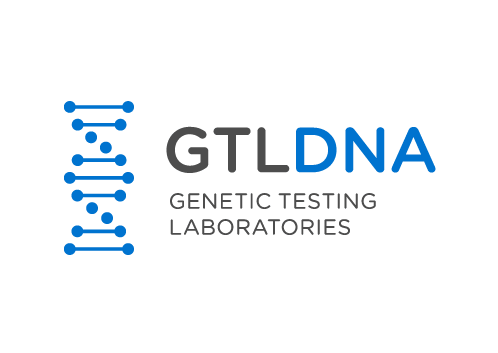Paternal refers to father, and a paternity test is used to determine the possibility of whether or not a particular man could be the biological father of a certain child. In the past, common methods of paternity testing included blood typing, analysing certain proteins and looking at human leukocyte antigens (HLAs). Currently, the most certain method of testing is through DNA analysis, which relies on polymerase chain reaction (PCR). Click here for more about the different types of paternity tests available.
What will my results show me exactly?
Paternity test results are often rather detailed but ultimately most people look at the rate of inclusion or exclusion of paternity. The rate of inclusion will be of 99.9% (without the mother’ DNA samples); an inclusion means that the tested father is the child’ biological dad. If the tested father is not the biological father of the child, then he will be excluded with a 100% probability.
Most DNA tests will show the 15 genetic loci tested, often presented in table form. Each locus (a specific location on the DNA) on the father’s DNA will have to match with that of the child’s. Thus, if the father has a locus with number 18, the child will also have to have the locus with the number 18. If there are loci which do not match, the alleged father cannot be confirmed as the child’s biological dad.
How do I do a paternity DNA test?
Most DNA testing company offer ‘home- DNA testing kits’. Home kits are normally very easy to use and enable you to collect your own samples in the comfort of your own home. Inside a home DNA kit you will find the sterile mouth swabs which you will use for your DNA sampling. Normally, each test participant will be allocated his or her swabs. The swabs are simply rubbed on the inside of the mouth and cheeks in order to collect cheek cells. The swabs are then allowed to dry, put back into the envelopes and sent back for laboratory testing to commence.
Paternity DNA tests using home kit are the most ordinary type of paternity DNA test. The point of a home-test is to find peace of mind and take things from there. A home test has no legal validity but is the first step to take when one just harbors doubts.
